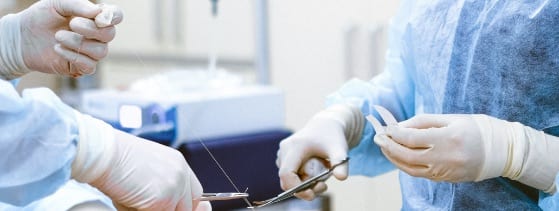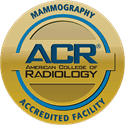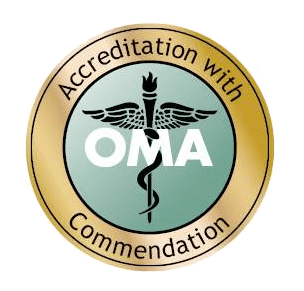10/10/2013 COOS BAY – A rigorous infection-fighting program at Bay Area Hospital is getting results, new statistics show.
Publicly reported data for Oregon hospitals show Bay Area Hospital among the top performers in combating Clostridium difficile, one of the most troublesome and persistent infection challenges for U.S. hospitals.
“Bay Area Hospital staff and physicians are very committed to a safe environment, and they are working hard to apply the best recommended practices to prevent infections,” said Terri Camp, the hospital’s chief quality officer.
The statistics measure the incidence of hospital-acquired infections. That is, infections acquired by patients while in the hospital.
Among Oregon hospitals with at least 50 beds, Bay Area posted the second-best incidence rate for Clostridium difficile – just .08 hospital-acquired infections per 1,000 patient-days.
C. diff, as it commonly is called, causes diarrhea and abdominal cramping. Severe cases can cause fever, abdominal pain, nausea, dehydration, weight loss and even kidney failure.
Camp said hospital-acquired infections can occur after an already-infected patient is admitted to the hospital. Unless the hospital carefully follows safety and cleanliness rules, the infection can spread to other patients in nearby rooms.
Registered nurse Amy Walter, who coordinates the hospital’s infection-control efforts, said the hospital takes special precautions whenever a patient checks in with diarrhea. A key element is a simple but meticulous regimen of hand washing after employees interact with such patients.
Hand hygiene is a constant priority in the hospital, but efforts are redoubled for C. diff. For example, because hand sanitizers don’t kill C. diff, the hospital puts stickers on its sanitizer dispensers when a C. diff patient is present. The stickers remind employees to wash with soap and water instead of using the sanitizers.
The hospital’s anti-infection campaign is showing results not only with C. diff, but with a broad range of hospital-acquired infection categories. For example, infections associated with central line catheters once were commonplace in U.S. hospitals, Camp said. Bay Area Hospital has not seen a central line infection in the past four years.
A comparison of Oregon hospitals was first reported in the Lund Report, an online health newsletter. A reporter for the newsletter gathered 2012 infection data from a recent Oregon Health Authority report and created a spreadsheet to compare 60 Oregon hospitals.
Among hospitals with more than 50 beds, the Lund Report’s analysis showed the lowest incidence of hospital-acquired C. diff was reported by Eugene’s Sacred Heart Medical Center at University, with .05 infections per 1,000 patient-days. With 21,653 patient-days in 2012, Sacred Heart had one hospital-acquired case of C. diff. Bay Area Hospital, with 24,820 patient-days in 2012, had two cases.
Eighteen small hospitals reported zero hospital-acquired C. diff infections in 2012, including Bandon’s Southern Coos Hospital, Reedsport’s Lower Umpqua Hospital, and Curry General Hospital in Gold Beach. Coquille Valley Hospital’s incidence rate was .89 per 1,000 patient-days, reflecting two infections in 2,246 patient-days, according to the state report.
Camp cautioned against using the data as a comparison of hospital quality, because many factors are involved. Though Camp is proud of Bay Area’s performance, infection control is not a contest, she said.
“Statistics are one thing, but if it’s your grandma who got an infection, that’s 100 percent,” she said. “We want to get to zero preventable infections.”
###
To learn more
The Lund Report:
http://www.thelundreport.org/resource/ohsu_and_salem_hospital_lead_state_in_infection_rates














